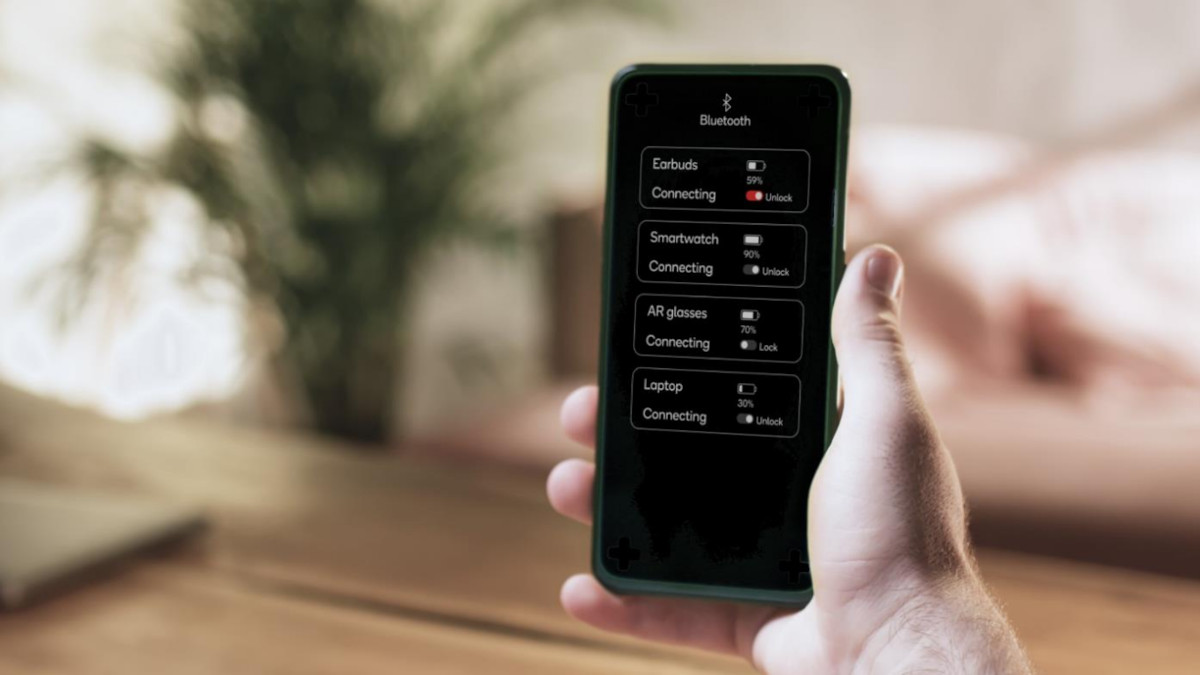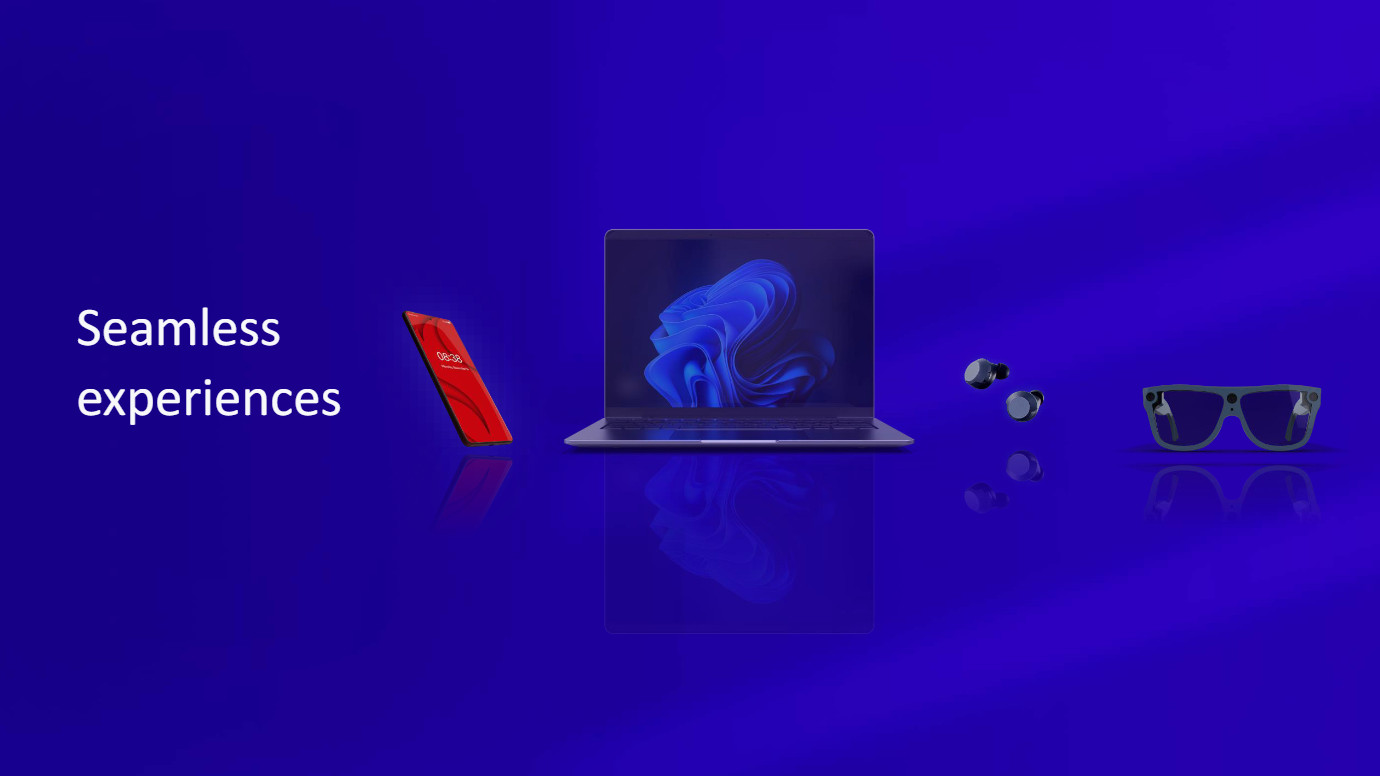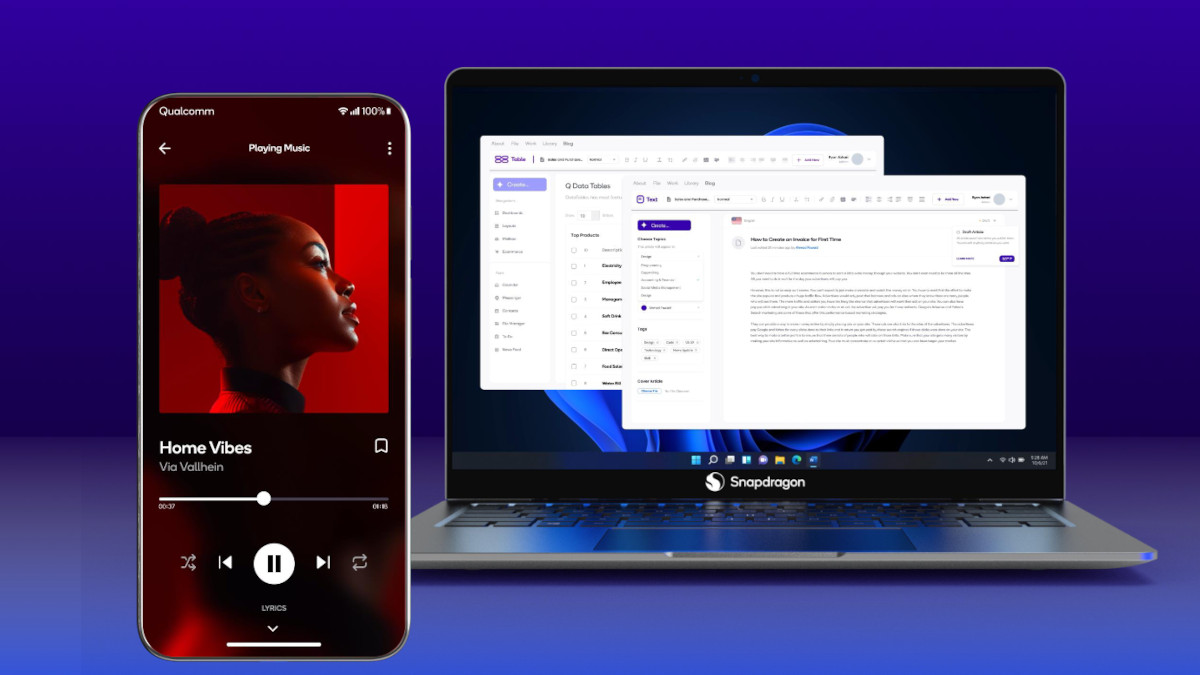Affiliate links on Android Authority may earn us a commission. Learn more.
Snapdragon Seamless is here: Apple-style connectivity for non-Apple devices

- Qualcomm has announced a new framework called Snapdragon Seamless.
- This is meant to help your various Snapdragon-powered devices play nicely together.
- Expect the first devices supporting this tech to arrive later this year.
One of the biggest problems with the tech ecosystem outside of Apple devices is that cross-device connectivity is still a bit of a pain. Sure, we’ve seen efforts like Microsoft’s Your Phone, Google’s Nearby Share, and OEM-specific solutions, but there’s plenty of room for improvement.
So we’re glad to see Qualcomm announce Snapdragon Seamless, which is a framework to enable (surprise) seamless cross-device connectivity and file sharing.
The chip designer emphasized that this wasn’t an app for consumers. Instead, this is a set of software enhancements, APIs, and libraries for OEMs and platform-holders that would help “enhance” existing solutions.
What does Snapdragon Seamless offer?

Qualcomm explained that Snapdragon Seamless allowed for a number of features. For starters, we’ve got quick discovery capabilities. If your devices are in Bluetooth range, they’ll show up immediately and you can view info like battery life and Wi-Fi strength, as well as get the ability to lock/unlock paired devices. This is all enabled by Qualcomm’s Sensing Hub and FastConnect technologies.
This is just the tip of the iceberg, though. The chip designer also said Snapdragon Seamless enabled screen and file sharing between Android and Windows devices. A Qualcomm representative noted during a media briefing that you’re “essentially dragging a mouse pointer” or file across multiple devices.
Snapdragon Seamless promises easy cross-device connectivity across Android, Windows, and more.
The company also touted intelligent audio switching as part of this solution. It gave the example of earbuds being paired to a smartphone and having a call come in via your laptop. The earbuds can automatically switch to the laptop to let you take the call, then seamlessly switch back to your phone once you hang up so you can resume listening to music.
Got XR glasses? Snapdragon Seamless promises some interesting capabilities here too. Qualcomm touted one example of doing a yoga course with XR glasses and having your smartphone capture your “fitness activity” (ostensibly via the camera) to display “real-time corrective poses.” The firm added that you can get real-time fitness tracking from your smartwatch projected onto the XR glasses.
Even if none of these use cases sound particularly appealing to you, Qualcomm is promising a number of general improvements. For one, connection success rates will apparently improve from 80% to 99%, discovery times are slashed by 3x, and the “power impact” of device discovery has been reduced seven-fold. That means even if all you’re doing is pairing your earbuds to your phone, PC, or watch, you might be in for a more reliable, efficient experience.
Snapdragon Seamless: Who is this for?

Qualcomm confirmed an initial list of partners, namely ASUS, Google, HONOR, Lenovo, Microsoft, OPPO, and Xiaomi. It added that it’s expecting the first devices to launch later this year. The company suggested that this list would grow in 2024 thanks to Chinese OEMs. Nevertheless, we’re glad to see platform holders Google and Microsoft on this list.
Qualcomm told journalists Snapdragon Seamless would initially be focused on four product categories (smartphone, PC, earbuds, smartwatch) across several newly announced chip platforms (Snapdragon 8 Gen 3, Snapdragon X Elite, Snapdragon Sound S7 series). The firm later explained that the feature would come to automotive, IoT, and XR categories in the future.
The chip designer also clarified to Android Authority that the Snapdragon 8 Gen 2 processor supports Snapdragon Seamless, saying it was the first smartphone chipset to have the requisite hardware. So you won’t necessarily have to buy a brand-new device to enjoy this cross-device integration.
Could rival chipmakers adopt this?

Qualcomm marketing executive Francisco Cheng also said Snapdragon Seamless was open to other chip designers:
It is open, we want everyone to take it. Including MediaTek, including Intel.
Cheng added that rival chipmakers had to adopt the underlying Snapdragon Seamless framework if they wanted to get in on the action, but stressed that Seamless wasn’t trying to replace solutions like Intel Unison or Apple’s Continuity.
What do you think of Snapdragon Seamless?
We’ve also seen a trend where smartphone manufacturers offer cross-device integration but restrict it to their own portfolio of devices, such as Xiaomi phones only supporting Xiaomi laptops. A Qualcomm representative noted to us that it wouldn’t dictate how Seamless gets used, suggesting that these cross-brand restrictions could potentially still be in place. However, the company reiterated that the tech would be available to OS makers as well (with Google and Microsoft listed as partners), which is an encouraging sign for proper cross-brand support.
Either way, Snapdragon Seamless has the potential to finally bring quick and easy cross-brand device integration to the table. There are still a couple of unanswered questions, though. Could we see this tech come to even older devices? Will rival chipmakers actually accept this solution? These are just some of the potential hurdles standing in the way of widespread adoption. But it definitely seems like a step in the right direction for cross-device integration outside the Apple ecosystem.